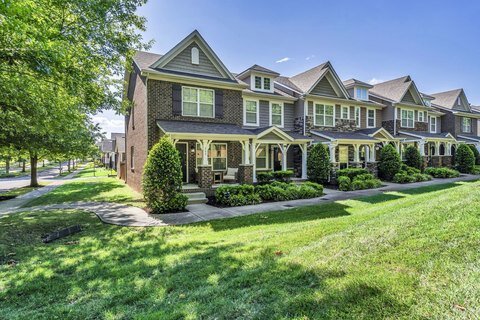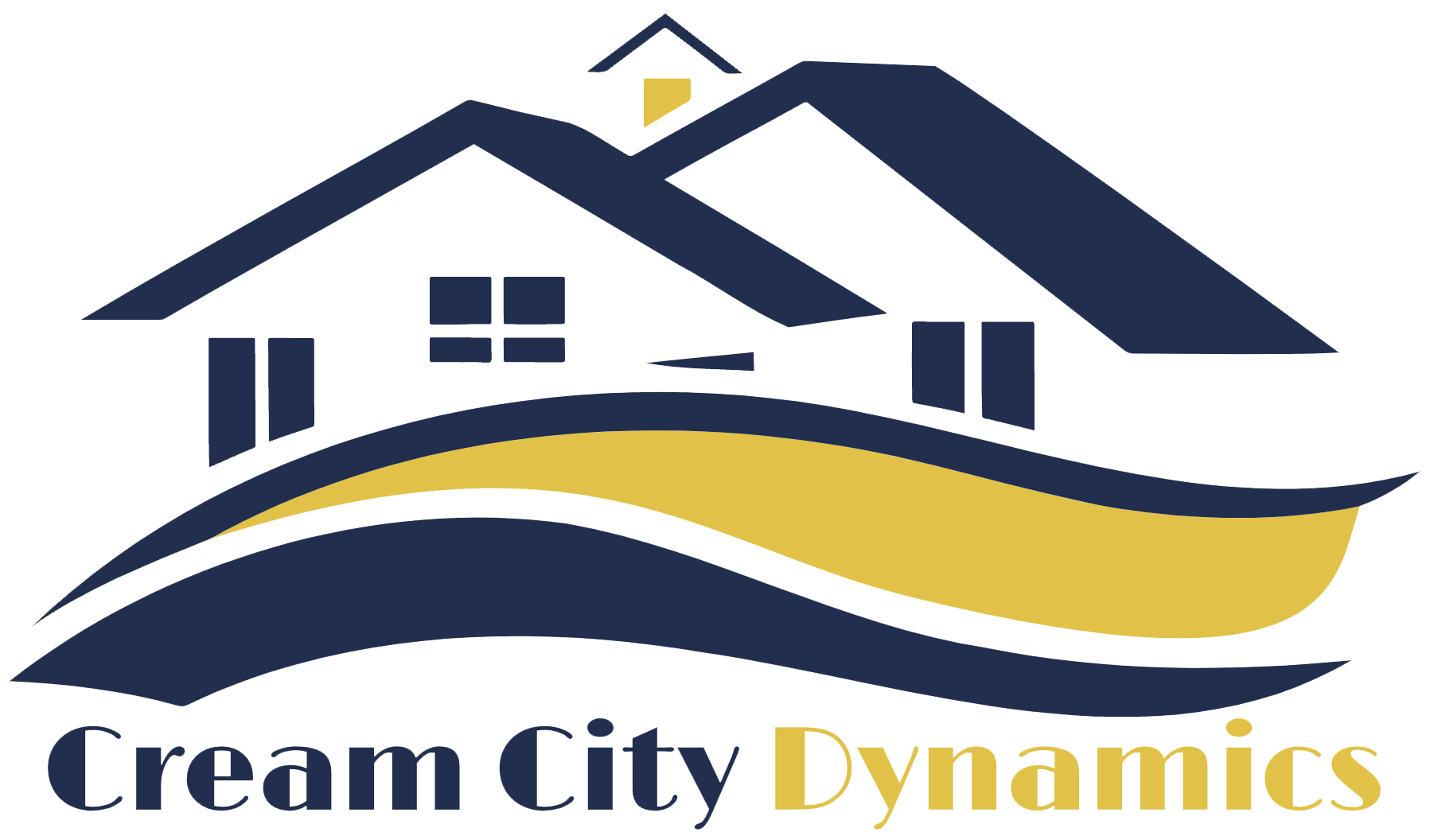
An upside-down mortgage in Brookfield is a stressful situation that many homeowners find themselves in, especially when market conditions change, and their home loses value. Being upside-down on your mortgage means that the amount you owe on your home loan is greater than the current market value of the property. This can be challenging, particularly if you need to sell or are struggling to keep up with mortgage payments.
Many homeowners feel stuck, unable to refinance, sell, or move forward with their financial goals. However, there are solutions available that can help you regain control of your situation. Whether you want to stay in your home or find a way to sell without taking a massive financial hit, understanding your options is crucial. This guide will outline four tips that can help you make the best decision for your future.
Upside-Down Mortgage in Brookfield
An upside-down mortgage, also known as an underwater mortgage, occurs when a homeowner owes more on their mortgage than their home is worth in the current market. This situation often happens due to a decrease in property value, which can be influenced by various factors such as economic downturns, rising interest rates, local market shifts, or overborrowing when the property was purchased.
When a home’s value drops, homeowners who need to sell their property may struggle because the sale price would not be enough to cover the remaining balance on the mortgage. This means that unless the homeowner has enough savings to pay off the difference, selling the home at a loss becomes difficult. This can lead to financial hardship and, in some cases, foreclosure if the homeowner is unable to keep up with payments.
Brookfield homeowners who purchased their homes at the peak of the market may now find themselves in this situation, particularly if they put little or no money down when they bought the property. The key to handling an upside-down mortgage is to explore all available options before making a decision.
The Impact of an Upside-Down Mortgage on Homeowners
Being upside-down on a mortgage can create significant financial and emotional stress. Homeowners may feel trapped in their property, unable to sell and move on. It can also limit their financial flexibility, as they may struggle to qualify for refinancing or take advantage of lower interest rates.
Additionally, an upside-down mortgage can affect a homeowner’s long-term financial health. If payments become unaffordable due to job loss, medical expenses, or other financial hardships, foreclosure may become a real risk. Foreclosure has serious consequences, including a major hit to the homeowner’s credit score, difficulty obtaining future loans, and the potential for legal or financial repercussions from the lender.
Homeowners in Brookfield facing this issue should not panic. There are several strategies to consider that may help improve the situation. By exploring refinancing, loan modifications, short sales, or other alternatives, it is possible to find a path forward that minimizes financial damage.
Refinancing as a Potential Solution
For homeowners who qualify, refinancing can be one of the best ways to manage an upside-down mortgage in Brookfield. Refinancing allows borrowers to replace their existing mortgage with a new loan that has better terms, such as a lower interest rate or a longer repayment period. This can reduce monthly payments and make the mortgage more manageable.
However, refinancing is not always an option for homeowners with negative equity. Most traditional lenders require at least some home equity to approve a refinance. That said, government programs exist to help homeowners in this situation. Programs like Fannie Mae’s High LTV Refinance Option or Freddie Mac’s Enhanced Relief Refinance Program are specifically designed for borrowers who owe more than their home is worth but have remained current on their payments.
It is important for homeowners to research these options and speak with lenders to see if they qualify. Even if refinancing isn’t possible right now, improving your financial standing and monitoring interest rates may make it a viable option in the future.
Working With Your Lender for Better Terms
If refinancing is not an option, a loan modification may provide an alternative way to make mortgage payments more affordable. Loan modification involves working directly with your lender to adjust the terms of your existing mortgage. This can result in a lower interest rate, a longer loan term, or even a reduction in the total amount owed in some cases.
Lenders may be willing to modify a loan if a homeowner is facing financial hardship but wants to stay in their home. Many lenders prefer this option over foreclosure, as it allows them to recover more of their investment while helping the homeowner keep their property. However, loan modifications require proof of financial hardship and a willingness to work with the lender’s terms.
If you’re considering this option, it’s important to communicate with your lender as soon as possible. Being proactive and showing that you are taking steps to address the issue can improve your chances of getting approved for a loan modification.
Selling Your Home Through a Short Sale
For homeowners who are unable to refinance or modify their loan and need to sell their property, a short sale may be an option. A short sale occurs when a homeowner sells their property for less than the amount owed on the mortgage, with the lender’s approval. While this does affect the homeowner’s credit, it is generally less damaging than a foreclosure.
The short sale process can take time, as lenders must review and approve the sale before it can proceed. Homeowners considering this option should work with an experienced real estate agent who specializes in short sales. A knowledgeable agent can help negotiate with the lender and ensure that the process goes as smoothly as possible.
It’s important to note that not all lenders approve short sales, and some may require the homeowner to prove financial hardship before allowing the sale. However, for those who qualify, this option can provide a way out of an upside-down mortgage in Brookfield without the severe financial consequences of foreclosure.
Considering a Deed in Lieu of Foreclosure
Another option for homeowners who cannot refinance, modify their loan, or complete a short sale is a deed in lieu of foreclosure. This involves voluntarily surrendering the property to the lender in exchange for being released from the mortgage debt.
A deed in lieu of foreclosure still impacts a homeowner’s credit, but it is often seen as a better alternative to foreclosure. Some lenders may also offer financial assistance for relocation costs to help homeowners transition after leaving the property. However, it is crucial to confirm that the lender will not pursue the remaining balance of the mortgage after the property is surrendered.
Avoiding Foreclosure and Its Long-Term Consequences
Foreclosure should always be the last resort, as it has long-term financial consequences that can take years to recover from. A foreclosure will significantly lower a homeowner’s credit score, making it difficult to obtain future loans or even rent a home. In some cases, lenders may also take legal action to recover the remaining mortgage balance.
To avoid foreclosure, homeowners must act quickly. The sooner they explore their options and communicate with their lender, the more likely they are to find a viable solution.
Working With Local Real Estate and Mortgage Experts
Navigating an upside-down mortgage in Brookfield can be complicated, and working with professionals who specialize in real estate and distressed mortgages can make the process easier. A local real estate expert or mortgage advisor can help homeowners explore their options and find the best course of action.
An experienced professional can provide valuable insights, negotiate with lenders, and guide homeowners through the short sale or loan modification process. Having expert support can make all the difference in finding a solution that minimizes financial damage.
Moving Forward With Confidence
Dealing with an upside-down mortgage in Brookfield can feel overwhelming, but there are options available. Whether refinancing, modifying the loan, selling through a short sale, or negotiating with the lender, taking action early can prevent further financial hardship.
The key to navigating this challenge is to be proactive. Homeowners who research their options, seek expert guidance, and communicate with their lender will have the best chance of finding a solution that works for their situation. By taking the right steps, it is possible to move forward and regain financial stability.
